Source: Dec. 24, 2019, Shenzhen Special Zone Daily C4
Journalist with Shenzhen Special Zone Daily: Zhou Guohe Zhao Xin; Correspondent: Zhang Chao
Abstract
After 40 years of development, Shenzhen is now shouldering even greater missions to promote the move from policy opening to institutional opening, and the transition from an export-led economy to an open economy. Whether Shenzhen could fulfill the missions all depends on its own action. It calls for an in-depth self-revolution if Shenzhen desires to transform itself into a pilot demonstration area of socialism with Chinese characteristics that could keep implementing pilot policies and taking on the mission of deep reform.
The 2019 World Special Economic Zone (Shenzhen) Forum, titled “From Special Economic Zone to Pilot Demonstration Area of Socialism with Chinese Characteristics”, was held in Bao'an District between Dec.12 and Dec.14, 2019. It was co-sponsored by the China Center for Special Economic Zone Research of Shenzhen University (CCSEZR), a key research base for humanities and social sciences under the Ministry of Education, and the Belt and Road Research Institute (Shenzhen) for International Cooperation and Development (BRRI). Among the attendees were experts and scholars from over 60 well-known think tanks, colleges and universities and research institutions in and outside of China as well as more than 200 entrepreneurs of Shenzhen.
The attendees had thorough and heated discussions around key topics such as “Deepening Economic System Reform and Building High-quality Growth Engine”, “Agenda for Urban Civilization Construction and Sustainable Development”, “Theory and Practice of Belt and Road International Cooperation” and “Financial Innovation and Its Application”, which brought about fruitful results.
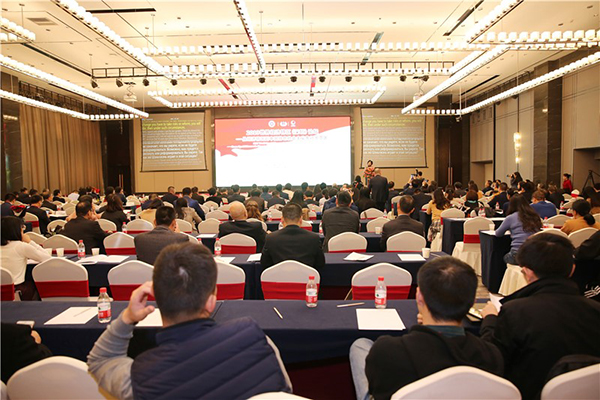
As the CPC Central Committee and the State Council support Shenzhen in building a pilot demonstration area of socialism with Chinese characteristics, a higher demand is set on its “pilot” practice and “demonstration” role. The picture shows a scene of the forum
A
Development Experience of Shenzhen SEZ and Building of A Pilot Zone of Socialism with Chinese Characteristics
Gao Shangquan, Honorary Chairman of the China Society of Economic Reform and former Deputy Director of the State Commission for Restructuring the Economic System, stressed that the “Chinese characteristics” should be highlighted in the first place when building a pilot demonstration area of socialism with Chinese characteristics. He believed that the “Chinese characteristics” involved four aspects, namely people-based policies, market-oriented economy, common prosperity and democratic politics. Wu Yihuan, Vice Mayor of the Shenzhen Municipal People's Government, said that after 40 years of efforts, the economy and society of Shenzhen had developed with improved quality in all fronts, making rewarding exploration into and outstanding contributions to the country’s reform and opening-up and socialist modernization. Li Youwei, former Secretary of the CPC Shenzhen Municipal Committee, said that we should explore the best way to materialize the system of ownership that could propel social advancement and boost productive forces to the utmost through investigation and research. Wang Jingsheng, State Council Counselor, held that it was a new mission bestowed on Shenzhen when the Opinions of the CPC Central Committee and the State Council on Supporting Shenzhen's Pioneering Demonstration Zone with Chinese Characteristics was issued. The demonstration zone could be deemed as an upgrade of the SEZ. Chen Hongyu, Counsellor of Guangdong Provincial Government, former Vice President of Guangdong Provincial Party School, and Professor, stated that we should be aware that it is of great significance for Guangzhou and Shenzhen to join hands together as these two mega cities would be mostly valued for their leading roles in building Guangdong-Hong Kong-Macao Greater Bay Area within a period of time. Tian Guoqiang, Director and Professor of the Institute for Advanced Research of Shanghai University of Finance and Economics, said that as an efficient market is only a product of a limited government, which has been demonstrated by the logic of theory and the practice of Shenzhen, Shenzhen was supposed to act as a pioneering demonstration zone in following the principle of competitive neutrality and ownership neutrality. Tang Jie, Professor of Harbin Institute of Technology (Shenzhen) and former Vice Mayor of Shenzhen Municipal People's Government, believed that we should advance a more deep-going and extensive reform and opening up, allow the market to fully play its decisive role in resources allocation and the government to play its role better in order to implement the innovation-driven development strategy. Wang Jun, Director and Professor of the Committee for Economic Affairs, Guangdong Provincial Committee of the Chinese People's Political Consultative Conference, pointed out that Shenzhen outperformed most of its counterparts in creating a favorable business climate based on the recent investigation and research on cities of Guangdong Province. Therefore, a higher bar is set on its “pilot” practice and “demonstration” role of Shenzhen when the CPC Central Committee and the State Council announced to support Shenzhen in building a pilot demonstration area of socialism with Chinese characteristics. Wu Sikang, Director of the Development Research Center of Shenzhen Municipal Government, held that it was a crucial strategy of the CPC Central Committee to advance the reform and opening-up from a higher starting point, higher level, and more ambitious goal and to shape a new pattern of deepening reform and opening-up across the board by building a pilot demonstration area of socialism with Chinese characteristics. Tao Yitao, Director and Professor of China Center for Special Economic Zone Research (CCSEZR), said: “After 40 years of development, Shenzhen is now shouldering even greater missions to promote the move from policy opening to institutional opening, and the transition from an export-led economy to an open economy. Whether Shenzhen could fulfill the missions all depends on its own action and awareness. An in-depth self-revolution is necessary for Shenzhen to continue to blaze new trails, and take on the mission of deepening reform, thus transforming itself into a pilot demonstration area of socialism with Chinese characteristics.” Tan Gang, Deputy Dean of the Party School of Shenzhen Municipal Party Committee, proposed three stage goals and the approaches for building Shenzhen into a pilot demonstration area.
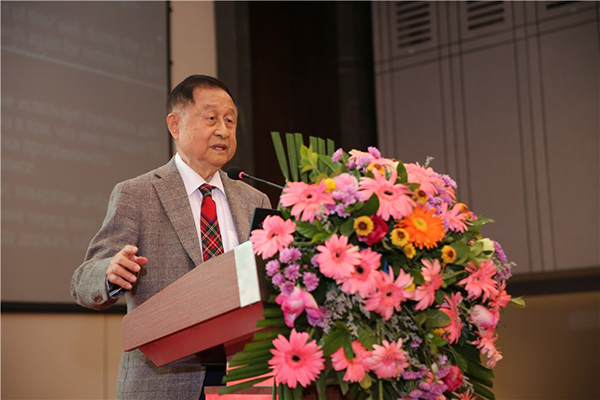
Gao Shangquan, Honorary Chairman of the China Society of Economic Reform and former Deputy Director of the State Commission for Restructuring the Economic System
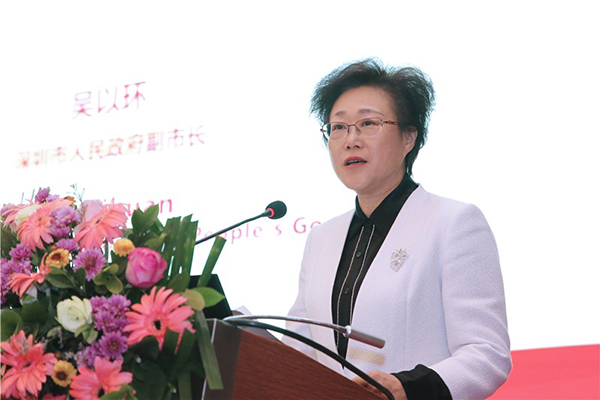
Wu Yihuan, Vice Mayor of the Shenzhen Municipal People's Government
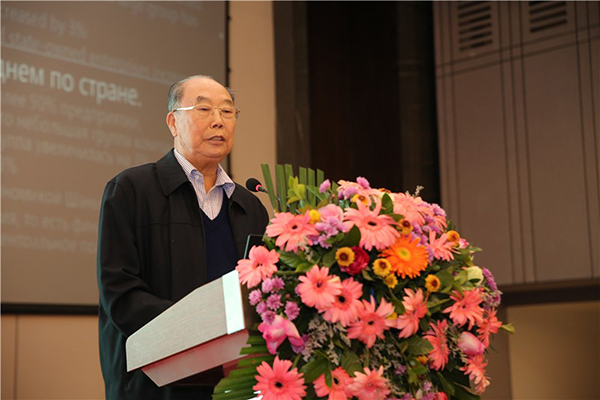
Li Youwei, Secretary of the CPC Shenzhen Municipal Committee
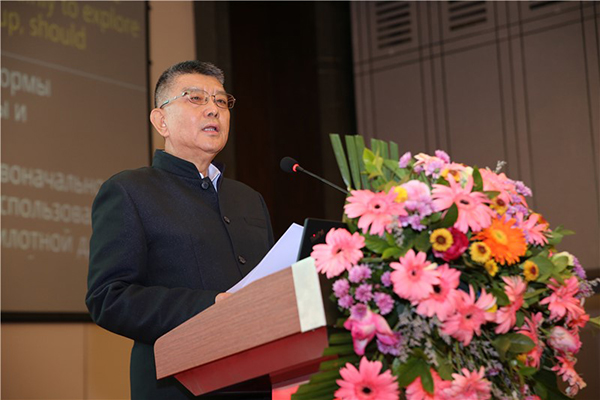
Wang Jingsheng, State Council Counselor
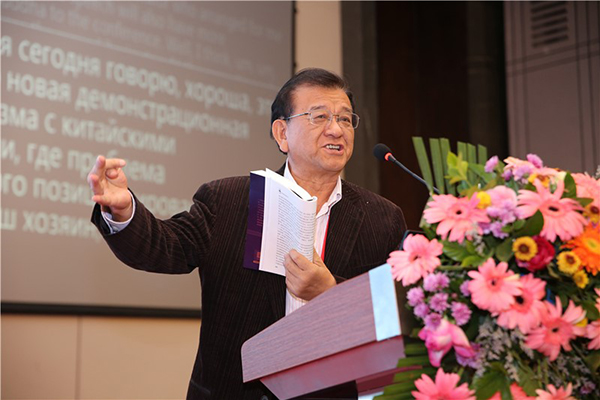
Chen Hongyu, Counsellor of Guangdong Provincial Government, former Vice President of Guangdong Provincial Party School, and Professor
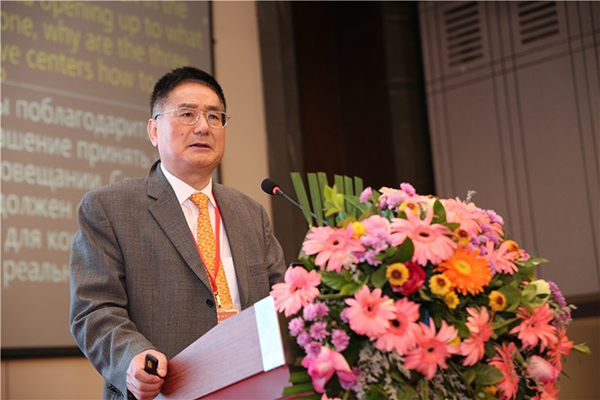
Tian Guoqiang, Director and Professor of the Institute for Advanced Research of Shanghai University of Finance and Economics
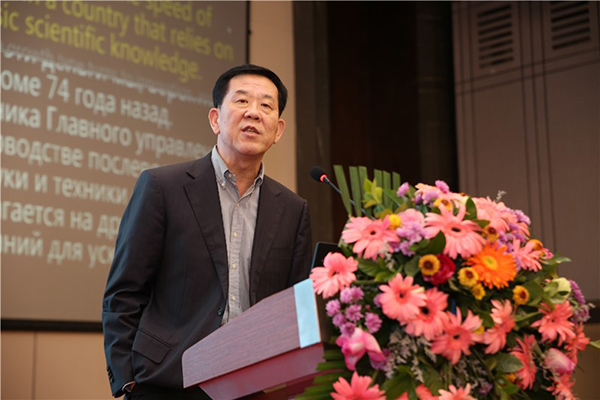
Tang Jie, Professor of Harbin Institute of Technology (Shenzhen) and former Vice Mayor of Shenzhen Municipal People's Government
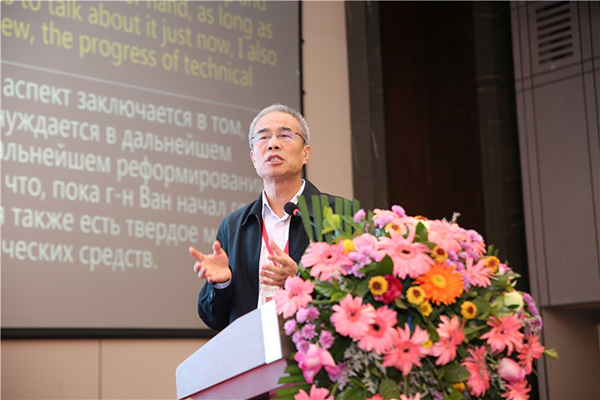
Wang Jun, Director and Professor of the Committee for Economic Affairs, Guangdong Provincial Committee of the Chinese People's Political Consultative Conference
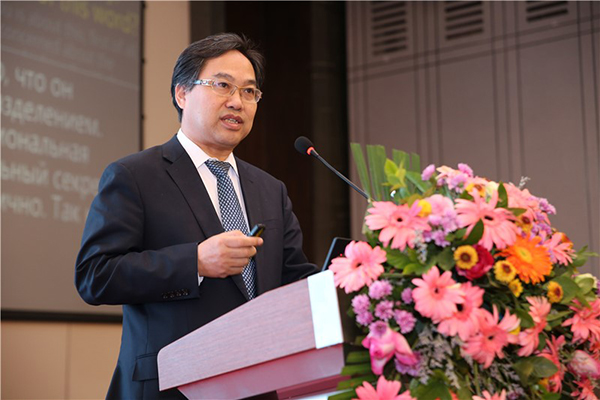
Wu Sikang, Director of the Development Research Center of Shenzhen Municipal Government
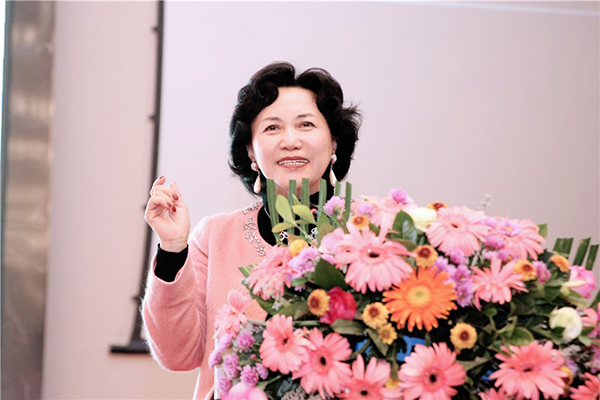
Tao Yitao, Director and Professor of China Center for Special Economic Zone Research (CCSEZR)
B
Deepening Economic System Reform and Building High-quality Growth Engine
Chang Xiuze, Professor of the Chinese Academy of Macroeconomic Research, said that Shenzhen should establish the principle that requires production factors to participate in the distribution of income in accordance with their respective contributions, and act as a pioneer in civilization inclusiveness when building itself into a pilot demonstration area. Cai Jiming, Director and Professor of the Center for Political Economy at Tsinghua University, held that as for the future land reform, we should allow the market to play a decisive role in allocating land resources, and endow owners of collectively-owned land with the same rights as those of state-owned land so as to benefit the farmers and highly appreciate their initiative on the second land reform. Gao Shan, former Research Associate of the China Rural Development Center of the State Council, stated that the major task of building high-quality growth engine is to update the country’s system for governance. Therefore, Shenzhen needs to step up institution building by virtue of its institutional advantages and market elements. Cheng Lin, Professor of Shanghai University of Finance and Economics, believed that the economic growth model represented by Shenzhen played a critical role in changing China’s economic thinking and growth pattern while also blazing a new trail for China’s reform and opening-up. Ye Xiangsong, Dean and Professor of the School of Economics and Statistics at Guangzhou University, stressed that the government needs to support the high-end manufacturing in a better way so as to sharpen the competitive edge of China's manufacturing industry. Shen Peng, Secretary-General of Shenzhen Qianhai Institute for Innovative Research, outlined the current status and trend of digital economy, which he believed to have made a remarkable contribution to employment rate. Zhao Dengfeng, Deputy Dean and Professor of the College of Economics, SZU, said that Shenzhen needs to seize the opportunity of 5G technologies and enhance the core competitiveness of enterprises so as to better usher in future opportunities and challenges. Wu Fenglan, Professor of the College of Economics, SZU, held that the business environment affects the nurturing of listed companies through financial governance and capital structure. Luo Man, Doctoral Student of the Department of Public Policy, City University of Hong Kong, brought up the topic of promoting transformation and the building of the Greater Bay Area with the institutional advantages of the “One Country Two Systems” policy. Sun Yuanxin, Deputy Dean and Professor of the Free Trade Zone Research Institute at Shanghai University of Finance and Economics, introduced the strategic positioning, background, regional features, direction for industrial development, institutional arrangement and construction status quo of Lin-gang Special Area of the China (Shanghai) Pilot Free Trade Zone. Liang Yuqing, Assistant Professor of the College of Management, SZU, believed that promoting cooperation between Hong Kong and mainland China in a way that goes beyond the political “equivalence” will not only benefit the economic growth and structural reform of cities in Mainland China, but also create more opportunities for Hong Kong under the framework of the Guangdong-Hong Kong-Macao Greater Bay Area. Zhou Taomo, Assistant Professor of Nanyang Technological University, Singapore, introduced the “Great Escape to Hong Kong” in Bao'an County before the reform and opening-up and the trailblazing attempt at the time when China maintained a centrally planned economy.
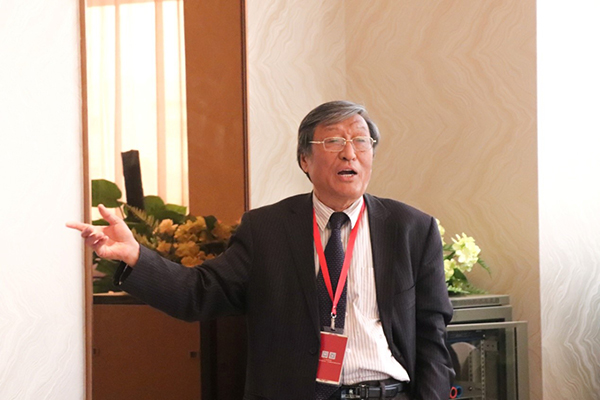
Chang Xiuze, Professor of the Chinese Academy of Macroeconomic Research
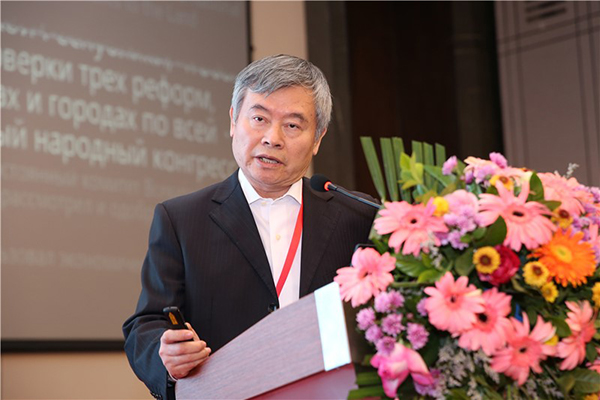
Cai Jiming, Director and Professor of the Center for Political Economy at Tsinghua University
C
Agenda for Urban Civilization Construction and Sustainable Development
Given the fact that Shenzhen might run out of space for further development with limited land area, Qi Yahui, Vice President of Hainan Academy of Social Sciences, and Research Associate, stated that it is imperative for Shenzhen to break new ground for development and carve out new administration model by adjusting its administrative divisions, so as to better serve as a model of urban civilization and a good example of people's livelihood, and reach new height in the sustainable development as a modern city. As water shortages is now a serious constraint to the sustainable development of a city, Guo Shufen, Director and Professor of the Research Institute of Resource-based Economic Transformation and Development at Shanxi University of Finance and Economics, made a study of people’s opinions on and intention of using recycled rainwater for non-drinking purpose based on Ajzen's theory of planned behavior. Niu Ben, Professor of the College of Management, SZU, believed that Shenzhen is not only the most favorable city for entrepreneurs to discover and seize opportunities, but also a prominent one to have attained the most efficient resource transformation when the new mode of production arises in place of the old, and to have the entrepreneurs achieve the lowest consumption of non-productive resources. Zhou Jianxin, Executive Dean and Professor of the Cultural Industry Research Institute, SZU, held that Shenzhen, previously known as an SEZ, is now strategically positioned as the model of urban civilization based on the Opinions of the CPC Central Committee and the State Council on Supporting Shenzhen in Building a Pioneering Demonstration Zone for Socialism with Chinese Characteristics. To this end, Shenzhen could throw efforts in developing cultural industries. Zhang Ping, Associate Professor of the CCSEZR, Shenzhen University, analyzed the structure of migrant population and occupational choices and income by establishing a social network. Li Zongkai, Professor and Chief Editor of Party School Journal of Hangzhou Municipal Party Committee, offered some ideas and suggestions on developing the culture of Shenzhen by comparing the relevant problems facing Hong Kong and leveraging the experience of Hangzhou. Dr. Xu Jinhong of the Smart City Research Institute in ShenShan Special Cooperation Zone stated that ShenShan Special Cooperation Zone will keep building itself into the eastern gateway of the Greater Bay Area, a new center of the eastern Guangdong coastal economic belt, a self-independent innovation zone of Shenzhen, and a new modern, international smart coastal city. Wang Weiwen, Engineer of the Division of Building Science and Technology, City University of Hong Kong presented how Shenzhen has undergone tremendous changes over the past 40 years by showing the changes of its landmarks, major construction projects and landforms from the perspective of architecture.
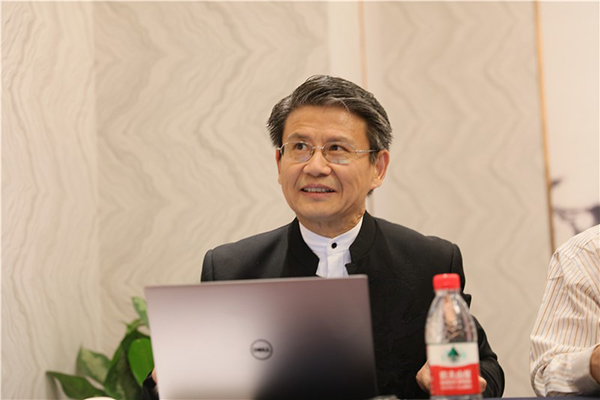
Qi Yahui, Research Associate and Vice President of Hainan Academy of Social Sciences
D
Financial Innovation and Its Application
Guo Maojia, Professor of the CCSEZR, SZU, held that Shenzhen should boost itself into a pilot demonstration area by enhancing financial concentration and competitiveness and its financial catalytic effect in this respect. Huang Haifeng, Professor and Director of Center for Green Economy, Peking University HSBC Business School, believed that the Guangdong-Hong Kong-Macao Greater Bay Area will become a cradle of China’s green finance. Zhang Yang, Associate Professor of China Center for Special Economic Zone Research (CCSEZR), SZU, said that as the electronic payment platform is the rival of China's central bank in digital currency, sovereign credit, technology, social platform and other factors will affect the competition of digital currency payment. Zeng Shaowu, Research Associate of the Institute for Financial Research, Sun Yat-Sen University, said that by developing innovative financial service and elements of digital innovation with controllable risks by virtue of the central bank digital currency, China could not only have a say in the international digital currency system, but also occupy the leading position in the world’s future financial development. Le Xiaofang, Associate Professor of the China Center for the CCSEZR, SZU, discussed on the integration of Internet finance and green finance. Zhang Shaohui, Deputy Director of the China Capital Market Institute, stated that an evaluation indicator system for financial technology talents comprised of specialized knowledge and skills and moral ethics should be established by leveraging indicators based on certification exams including CTA and CFA and talent competency models. Chen Bo, Audit Director for Deloitte China Financial Services Industry, believed that the expanding scope and effectiveness of fin-tech applications is essential to the core competitiveness of enterprises.
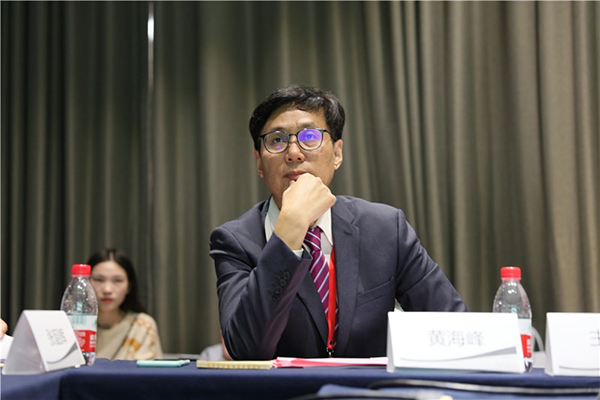
Huang Haifeng, Director and Professor of Center for Green Economy, Peking University HSBC Business School
E
Theory and Practice of Belt and Road International Cooperation
Ma Lei, Doctoral Student of the Institute of Central Asia, Shaanxi Normal University, introduced the basic economic situation of Kyrgyzstan, recent economic and trade ties between China and Kyrgyzstan and the business climate of Kyrgyzstan while also analyzing the preferred industry direction for China-Kyrgyzstan economic cooperation. Lei Yang, Associate Professor of the School of Economics and Management, Chongqing Jiaotong University, believed that common ground could be found in Turkey's Middle Corridor and China's Belt and Road Initiative (BRI). Huang Leping, Associate Professor at the College of Foreign Languages, SZU, held that the BRI could be expected to further promote the overall cooperation between China and Latin America, and boost the trans-regional integration of Latin America and Asia. Sid, General Manager of India Delidigen International Trade Co., Ltd., reckoned that if India gets involved in the BRI, the development strategies of China and India could be better aligned with one another and the problem of trade deficit could be solved. Iran Prates, Research Associate of the Brazilian Center of Analysis and Planning, suggested that China should promote transparency in its governance and decision-making mechanism. Xu Zhicheng, Associate Professor of the School of Economics, Henan University, said that as Africa still faced a huge gap in infrastructure, China got to know more about it so as to better offer help to it, avoid risks and improve the mutually beneficial cooperation.
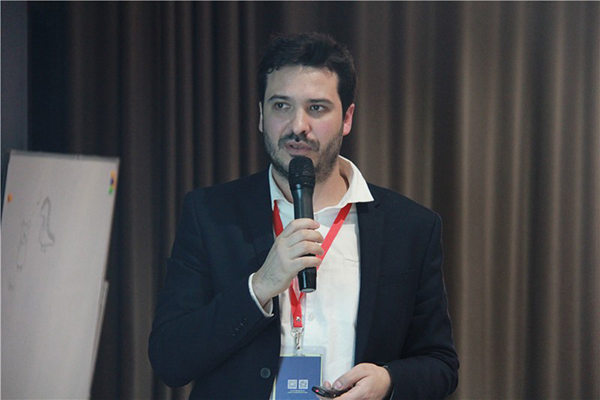
Iran Prates, Research Associate of the Brazilian Center of Analysis and Planning















